Time moves very slowly in Provence. It is this part of the world that J.B. Priestley had in mind when he declared, “A good holiday is one that is spent among people whose notions of time are vaguer than yours.” This is not to say that Provençals never take the concept of time seriously. Come lunch hour and all the outdoor cafés fill up rapidly with locals even before the poor tourist has finished weighing his options. The point is: take it easy when you are in Provence and savour (or cultivate) that unfamiliar feeling that you have all the time in the world. It will help you deal with the locals, bless their friendly hearts.
Even before I start writing about Provence, the editor asks me to steer clear of Peter Mayle. But it is hard to write about Provence without a mention of He-Who-Must-Not-Be-Named. The man has a lot to answer for, certainly for having brought the whole world rushing to once-sleepy Provence with his books on the good life of this region. They came from everywhere in coachloads to get away from it all, thereby bringing it all with them. Provence has, thankfully, survived it and—in a most un-Frenchlike manner—even made good business out of it.
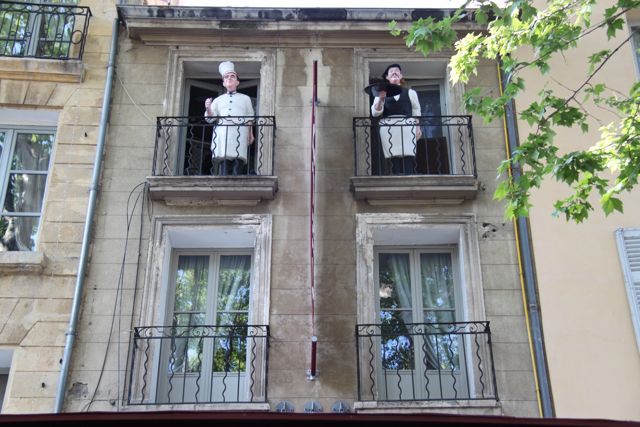


Driving is the best—and perhaps the only—way to get around the region. Though guidebooks insist that there are buses, I didn’t see any in my time there. When you are headed to Provence, don’t make that packed itinerary with a list of sightseeing options. For one, there are none; Provence itself is one large sight to see. Ignore the French Riviera in the deep south, the beaches where the rich and famous frolic (save that for a dreary winter) and instead head for the villages in the heart of this region.
Once here, zoom in on what is the prettiest part, along the Luberon mountains. Olive gardens and in season, lavender fields, hilltop villages, old churches, narrow winding roads and people who leave you to yourself for the most part. There’s the beautiful light made famous by Van Gogh, Renoir and Cézanne. And those weekly markets. It can be hard to make choices since the countryside is littered with attractive villages, all of them equally enticing. Just hire the car, pick up a map and begin your drive.
The best place to begin is Avignon by the Rhone river, a Unesco world heritage site. Avignon is technically a town but the heart of the walled city is still small enough to be explored on foot. This town became home to the Pope sometime in the fourteenth century and stayed that way for the next hundred years for succeeding popes. So, the main attraction for most visitors remains the Palais Des Papes. The large square in front of the palace is where buskers perform during season, with small souvenir stalls spread in the lanes around it. Wander around the small lanes of the town to be unfailingly surprised: I found a shop called Patchouli peddling what I can only call Indian Exotica and a quaint bookshop named after Shakespeare.
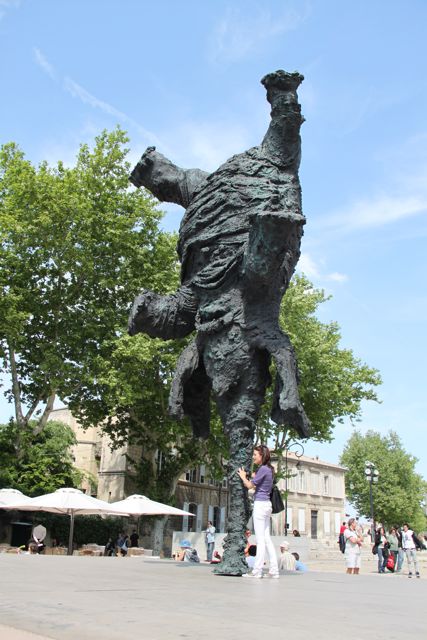
Even if you are not in Avignon on a market day, just head to Les Halles, the indoor fresh-food hall in the centre of town. Pick up some salad, cheese, bread and pasta and head to Pont D’Avignon, the broken Roman bridge over the Rhone, and have yourself a great picnic lunch by its banks.
If, like me, you grew up reading Asterix comics, you probably think the Romans spent all their time saying Ave! to Caesar and having fabulous orgies. Apparently they did a little bit more, like building picturesque (and extremely useful) bridges through the countryside. Case in point: the Pont du Gard, another world heritage spot, just over twenty-four kilometres west. This is Roman countryside, with the most famous of the remains in Arles, Nîmes and Orange.
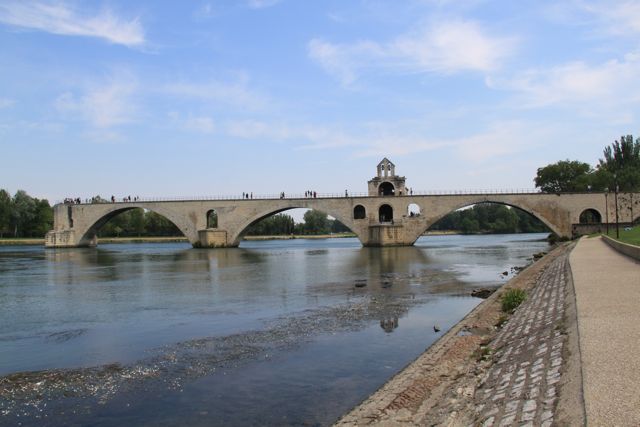
Another day, head east towards what is classic Provence—the villages among the valleys and hills of the Vaucluse (administrative) department.
Gordes is pre-eminent among the beautiful villages of this region. And, perched on top of the Vaucluse plateau, Gordes knows this and preens prettily from its lofty height. Several movie stars and chic Parisians certainly think so and have made their homes here. The locals hold them in disdain and refuse to acknowledge these painters and potters. A large part of the village is a network of narrow alleys lined with shops on either side. Take time to explore the tenth-century château and chapel inside the village. Also visit the twelfth-century Senanque Abbey just outside Gordes. Cistercian monks still live there, producing honey and liqueurs when they’re not busy with their devotion.

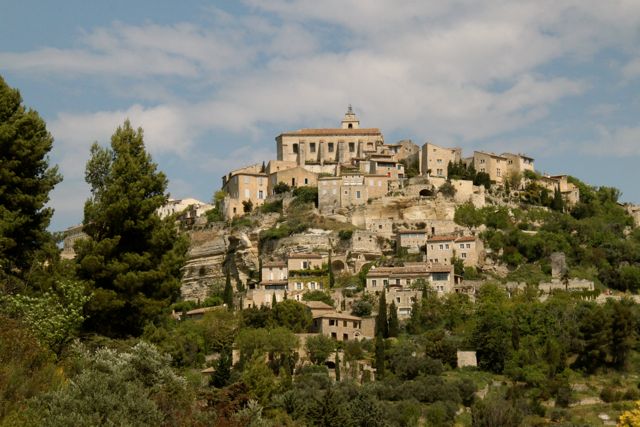
From Gordes, drive northeast towards Roussillon, another must-see in the region. Roussillon means russet. And Roussillon is Provence in Technicolor, every building in one or the other shade of russet, rust, ochre, copper, auburn and salmon pink. This colour is the result of a natural pigment found in the quarries near the village. Once producing the most significant ochre deposit in the world, the quarry is now not in use and its cliffs and caves can be explored by foot. Roussillon is on the ridge of a cliff and is best seen in the evenings (so you might want to save this for the last visit of the day), as the sun begins to set and the earthy tones slowly turn golden.
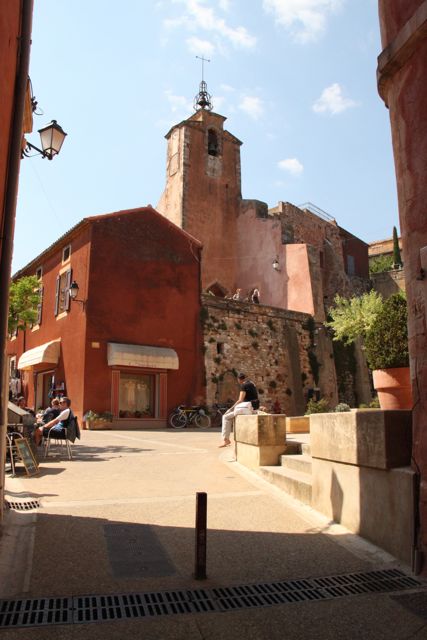
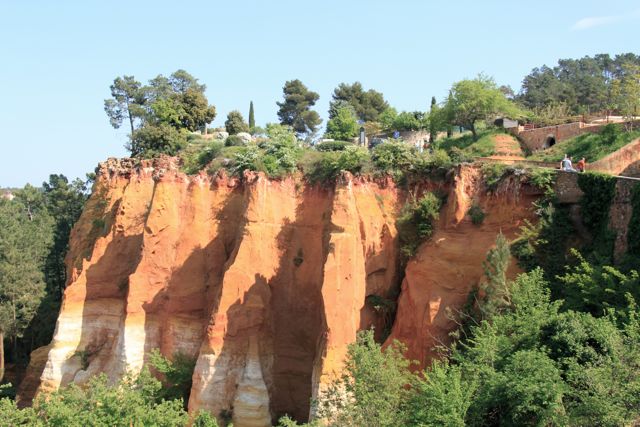
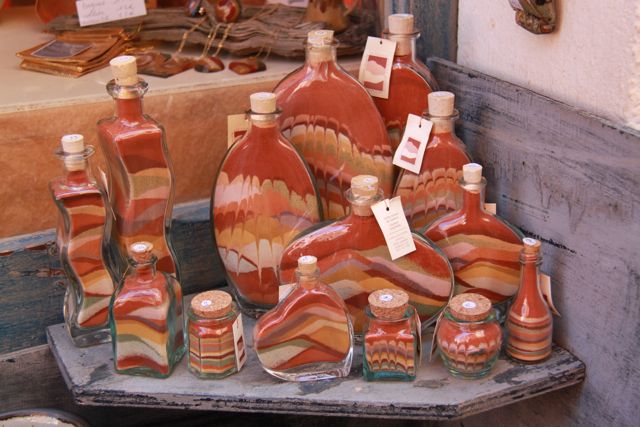
Bonnieux is the next village on the circuit that I made, its great church visible from a distance even as you make your way towards it. The lower part of the village is typically Provençal, with its meandering narrow streets and arches leading into ancient buildings and seemingly secret gardens. Walk the steps leading up to the twelfth-century church, now out of use but worth the steep climb for the expansive views across the valley. The other attraction in Bonnieux is the Baker’s Museum, the Musée de la Boulangerie, a novelty even in a country where bakers reign supreme on the professional food chain.

On your way back to Avignon is Lacoste, often mentioned in the same breath as Bonnieux. Lacoste is a little village which sits looking at Bonnieux’s church on the one side and Count Marquis de Sade’s castle on the other. The castle has been bought by Pierre Cardin, who also presides over the local music and arts festival in summer.
Then there’s L’Isle sur la Sorgue. Sniff at the name, roll it slowly around your tongue and spit it out (good practice for any wine-tasting sessions you might have later). Begin your village-hopping from here the next day. It is not officially on the ‘prettiest villages’ list but the local PR machinery has made up for it by giving it the sobriquet ‘Venice of Provence’. Don’t let the cheesy name put you off. Go there and be charmed by the many canals and streams that meander all around the village.
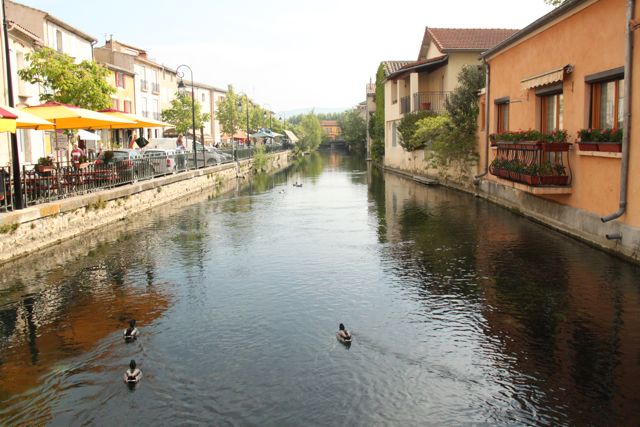
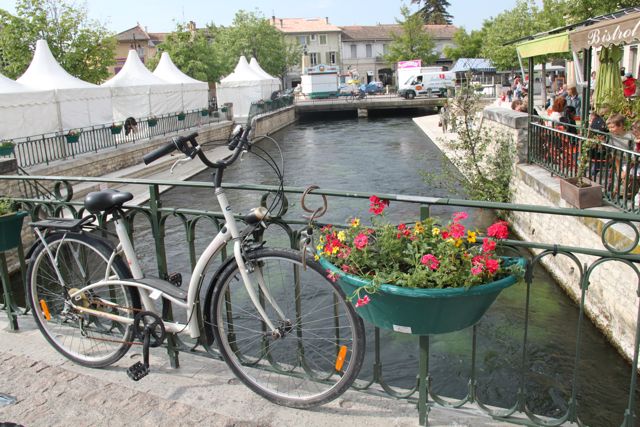

This ‘island on the Sorgue (river)’ once had a thriving textile and paper industry, whose remains are visible in the large water wheels that line the canals. Apart from the weekly market on Sundays (one of the best and most famed in the region), the village also has over 300 permanent antique stalls. Also check at the Tourism Information Centre for current exhibitions at the Campredon Museum.
On the way to the next beautiful village lies St Rémy De Provence, pure Van Gogh country, on which more than 150 of his paintings are said to be based. Stop here if you have time or press on to Les Baux de Provence on the cliffs, which gets you back on the beautiful villages list. In the Middle Ages, the entire area was a fortress and the ruins of a castle are still to be found, with a view of the Alpilles, a limestone range across the valley. Outdoor cafés, souvenir shops, cobblestoned lanes, an old church—Les Baux ticks all the boxes.
Then again, which of the Provençal villages does not?

***
Published in the March issue of Outlook Traveller as Slow Time.
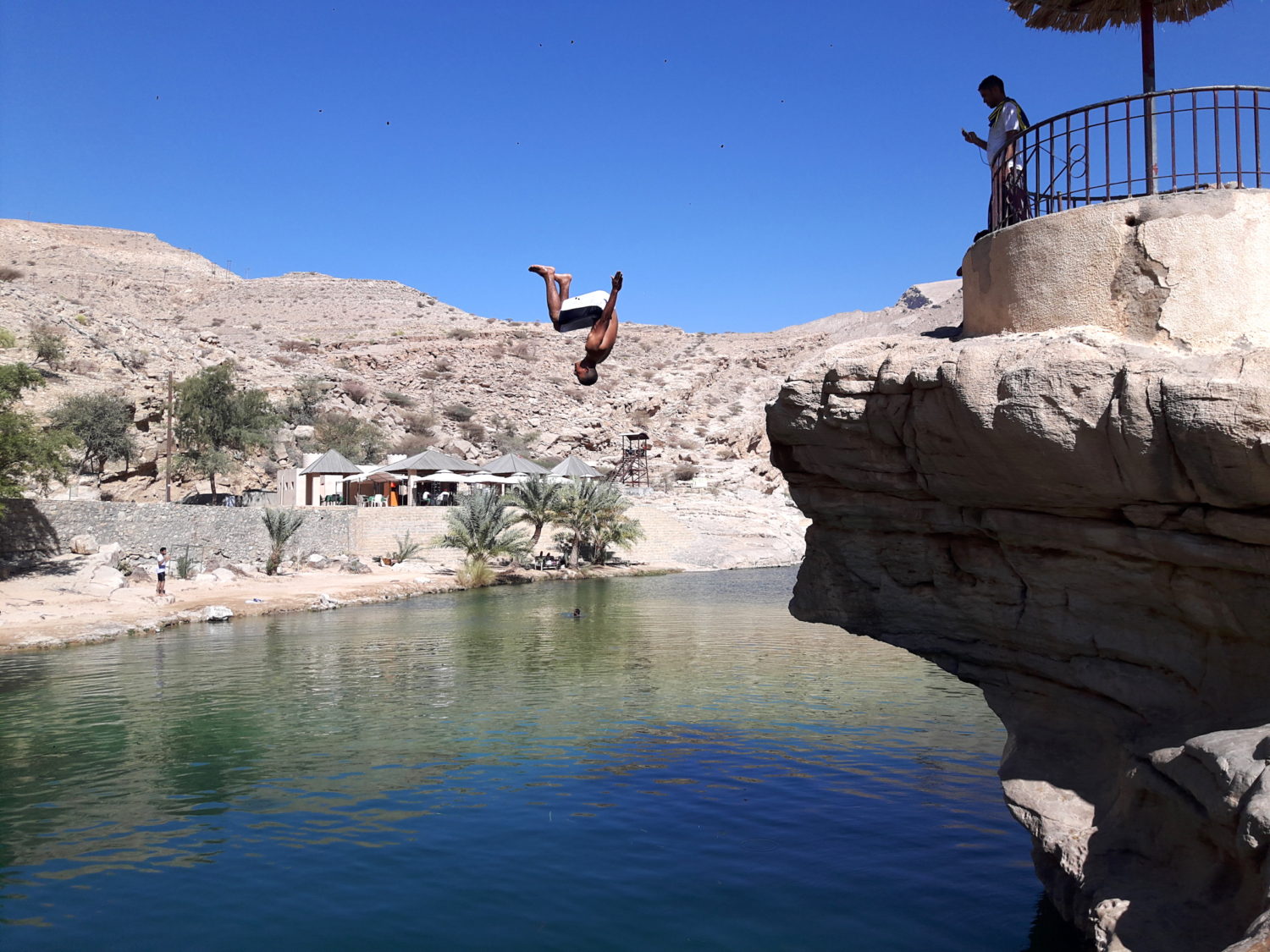



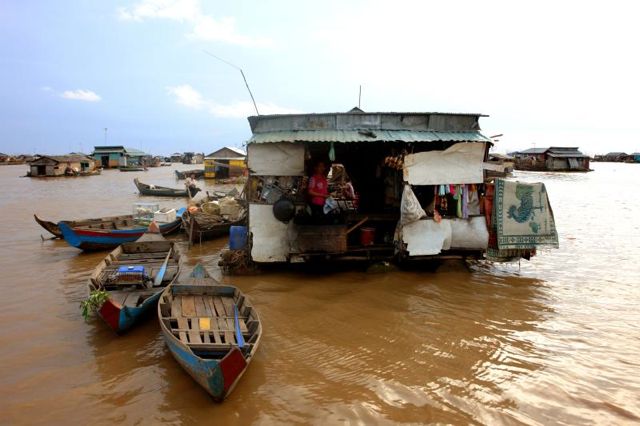
2 thoughts on “Life in the slow lane”